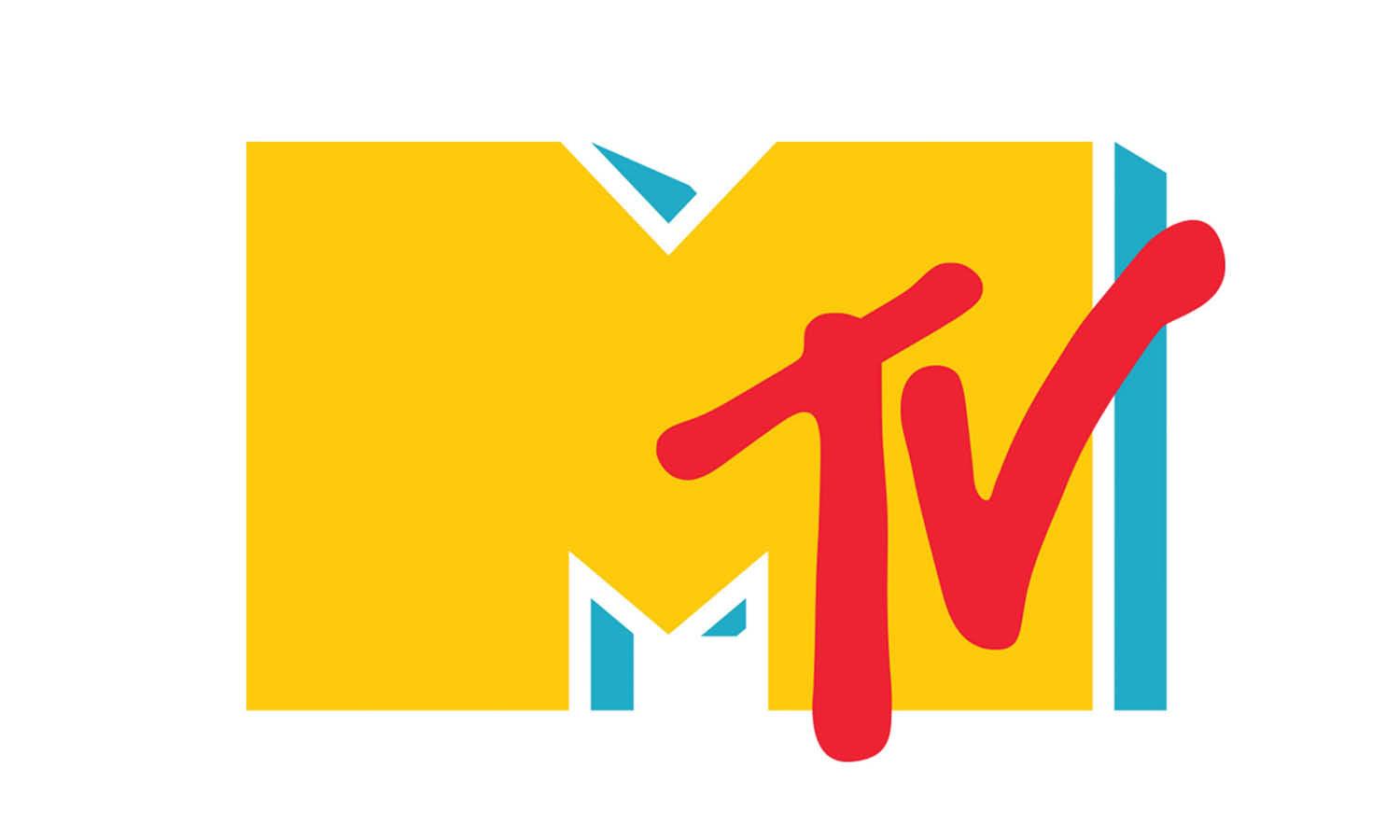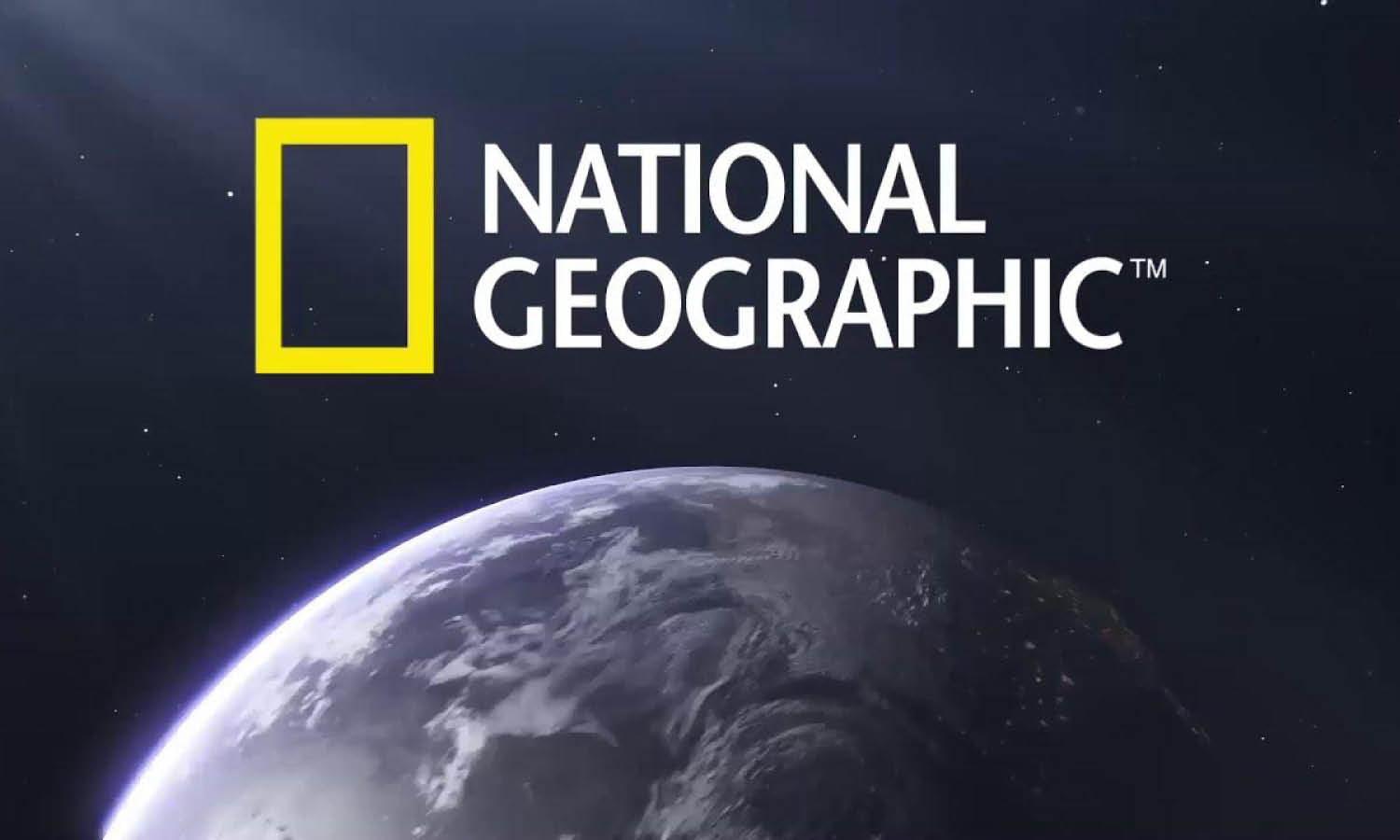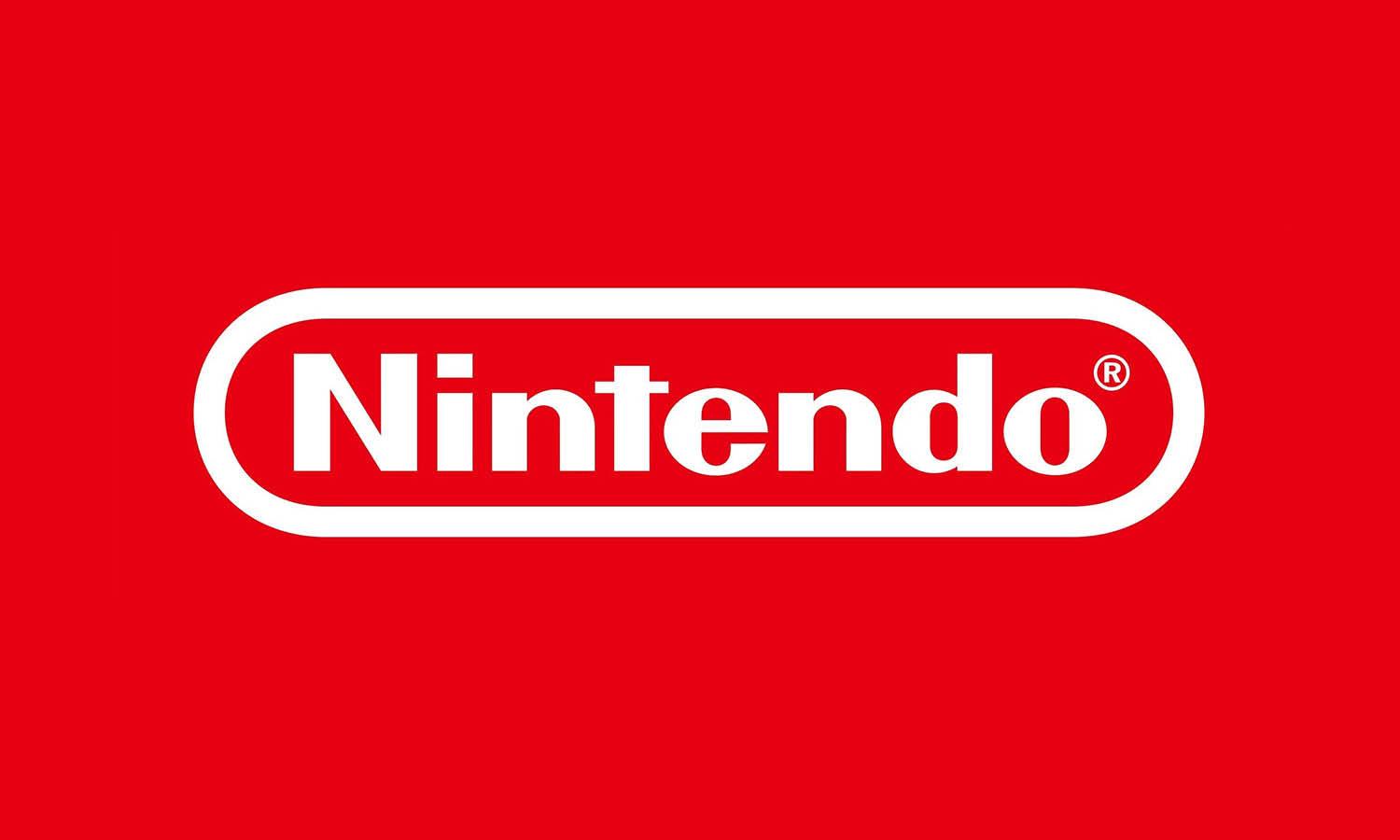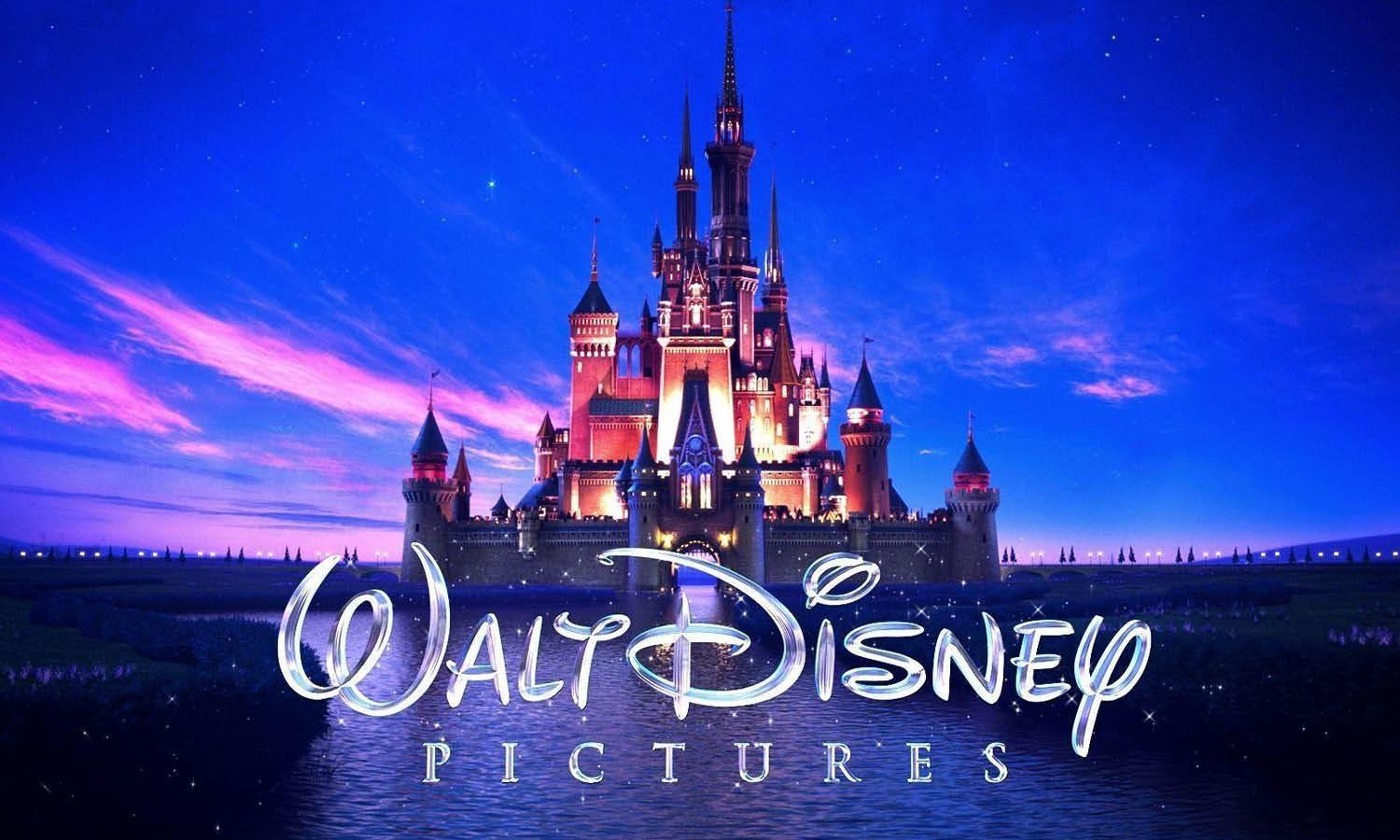MGM Logo Design: History & Evolution

Image Courtesy: MGM
The MGM logo design is an iconic emblem that every graphic designer recognizes. A roaring lion encased in a golden frame, it's more than just a symbol; it's a piece of cinematic history that continues to inspire. The evolution of the MGM logo design is a fascinating journey that sheds light on the marriage of creativity, technology, and branding, representing the glamour and grandiosity of the film industry.
But what's the story behind this legendary logo? How has it changed over the years? Whether you're a seasoned graphic designer or a curious newcomer to the field, this article will take you through the intriguing history and transformation of the MGM logo design. It's a tale that reflects broader changes in design philosophy, technological advancements, and cultural shifts. So, sit back and delve into the world of MGM logo design, and let's explore together what makes this symbol so timeless and captivating.
MGM Logo Design History
1924 - 1960
The MGM logo design during the era between 1924 and 1960 presents a rich tapestry of artistic evolution and clever branding. The original Metro Goldwyn Mayer logo was conceived in the mid-1920s, and it had a dual character, showcasing two distinct elements.
The logotype was a blend of sophistication and flair, with "Metro" and "Mayer" penned in an Art-deco style serif font. The elongated vertical bars of the letters "M" imbued a sense of stature. In contrast, "Goldwyn" danced across the page in elegant cursive, its smooth shapes and curved tails adding a touch of grace.
The company's emblem went a step further in artistry, boasting a circular badge adorned with a majestic lion's head. Framing the lion were smooth ribbons and the Latin slogan "Ars Gratia Artis." This MGM logo design became synonymous with creativity, with the wordmark nestled in a classic frame beneath the ornate ribbons.
For graphic designers, the MGM logo design of this period is a masterclass in combining distinct visual elements. The integration of different typefaces and the intricate emblem encapsulates the spirit of the era, fusing classical motifs with modern design sensibilities.

Image Courtesy: MGM
1924 - 1984
Between 1924 and 1984, the MGM logo design underwent an elegant transformation. The redesign in 1924 introduced more ornate framing for the wordmark, and the lion's head was replaced with a full-body silhouette of the lying beast. This alteration not only added character but elevated the entire emblem.
The addition of the "Picture" tagline, underlined by a pointed, curved line, enhanced the logo's connection with the cinematic world. On either side of the nameplate, two torches were set, bringing an air of romance and elegance to the MGM logo design.
The interplay of lines and curves, the balance between boldness and grace, is a testament to the artistry that went into crafting this iconic symbol. This era of MGM logo design showcases how thoughtful alterations can redefine an image, adding layers of meaning while maintaining brand identity. A prime example for graphic designers of how a logo can evolve while keeping its core essence intact.

Image Courtesy: MGM
1939
1939 brought a unique and eye-catching twist to the MGM logo design. This one-off emblem was a departure from the previous iterations, picturing a ring as if made from ribbons, and flanked by two more ribbons near the bottom.
Beneath this elaborate ring were two laurel wreaths, reimagined as straightened ears of wheat. At the heart of the design was the stately lion's head, topped by the Latin saying, "arts for the sake of art."
This MGM logo design marked a bold and creative experiment in visual representation. The use of ribbons and wreaths added a ceremonial touch, while the lion's majesty continued to shine through. It's a testament to the ability of graphic designers to innovate within a known framework, creating something fresh yet familiar. An inspiring example for modern designers, the 1939 MGM logo captures a specific moment in time with ingenuity and flair.

Image Courtesy: MGM
1964 - 1966
The 1960s marked a shift in the MGM logo design toward minimalism and elegance. From 1964 to 1966, the emblem was simplified, portraying the lion's head inside a black circular frame, accentuated by two black ribbons extending outward from the bottom.
This logo's absence of a wordmark was a daring choice, but it allowed the badge to look lighter and more balanced. The minimalistic approach allowed the MGM logo design to exude a modern charm without losing its regal essence.
Graphic designers looking for inspiration in simplifying complex logos can learn from this era of MGM logo design. It was a lesson in how taking away elements can add more character, emphasizing the logo's core feature - the lion's head. It proved that sometimes, less is indeed more.

Image Courtesy: MGM
1966 - 1982
The period from 1966 to 1982 saw MGM embracing a more contemporary approach. The lion was depicted in bold black and white lines, nestled within a circle without any framing. The "MGM" wordmark was strategically placed beneath the emblem, executed in a medium-weight sans-serif typeface.
This MGM logo design was a bold step into modernity. The traditional shapes and cuts of the letters in the wordmark contrasted well with the more abstract rendition of the lion, creating a harmonious balance.
For graphic designers, this phase of the MGM logo is a compelling study in how modern design principles can be incorporated without losing brand identity. The combination of traditional typography with a more abstract emblem reflects a design ethos that resonates even today.

Image Courtesy: MGM
1982 - 1986
The 1982 MGM logo design harkened back to some original elements while introducing fresh perspectives. This time, the lion was depicted roaring, mouth wide open, with ribbons from the original framing, adding a touch of nostalgia.
Under the emblem, the enlarged "MGM/UA" wordmark was set in all capitals using a bold serif typeface. The "Entertainment Co" was strategically placed between two horizontal lines and executed in a title-case, simple sans-serif font.
This MGM logo design masterfully blended the old with the new. By revisiting elements from the past and mixing them with modern typography, it created a logo that spoke to both history and contemporary tastes.
The ability to evolve while honoring its roots makes this era of MGM logo design a valuable lesson for graphic designers. It's an inspiring example of how logos can be continually reinvented while maintaining a strong connection to their origins and brand values.

Image Courtesy: MGM
1984 - 1985
In the mid-1980s, MGM logo design once again evolved, retaining the recognizable emblem but shifting the typographical elements. The 1984 - 1985 version was characterized by the removal of the previous lettering, instead opting for a more integrated approach.
The "Entertainment Co" inscription found a new home on an additional ribbon beneath the rounded badge, while the main nameplate gracefully adorned the lion's frame perimeter. This composition allowed the MGM logo design to maintain a sense of continuity while refreshing the visual hierarchy.
For graphic designers, this particular version showcases how subtle shifts in layout and type placement can breathe new life into a well-known logo. It's a lesson in how to reimagine an existing design through clever typography and spatial arrangements without losing the core identity.

Image Courtesy: MGM
1986 - 1987
The year 1986 brought about another intriguing update to the MGM logo design. The emblem created in 1982 remained the focus, but with the removal of the "UA" lettering. Other features remained untouched, including the framed lion, but the "MGM" inscription extended and gained a delicate outline.
This alteration in MGM logo design illustrates how minor adjustments can lead to a distinct visual effect. The slight extension of the "MGM" inscription and its delicate outline subtly altered the overall balance and feel of the logo.
Graphic designers can find inspiration in this example of how nuanced changes can refine a logo's impact. It's a reminder that a logo's evolution doesn't always require dramatic transformation but can be guided by thoughtful, incremental alterations.

Image Courtesy: MGM
1986 - 1992
In the same year, 1986, an ornate and classy version of the MGM logo design was unveiled. It preserved the iconic lion's badge and ribbons but introduced the lettering arched gracefully above it, accompanied by the "Trademark" inscription on both sides.
Another change, a black and white mask positioned under the lion's portrait between the ribbons, added a layer of complexity and intrigue to the logo.
This phase of MGM logo design exhibits a blend of tradition and innovation. By adding new elements and rearranging existing ones, it created a visually rich and memorable logo. The introduction of the mask element and the repositioning of the lettering enhanced the logo's dynamism without overshadowing the iconic lion.
For today's graphic designers, this era of MGM logo design offers valuable insights into how to blend classic motifs with contemporary design sensibilities. It exemplifies the importance of thoughtful design decisions and how each element plays a role in creating a cohesive and striking visual identity.

Image Courtesy: MGM
1992 - 2021
The period from 1992 to 2021 marked a pivotal moment in the history of MGM logo design. Graphic designers and enthusiasts alike can appreciate the finesse and sophistication that went into this transformation. The emblem's contour was cleaned and refined in 1992, showcasing the roaring lion's image with greater distinction. Moreover, the mask was slightly enlarged and made more visible, giving it a prominent place in the overall design.
But it's the ribbons that stand out in this redesign. Their contours were redrawn more confidently, turning a familiar logo into something timeless and professional. This phase of MGM logo design demonstrates the power of fine-tuning existing elements without fundamentally altering the logo's essence.
For today's graphic designers, it's an important reminder that subtlety and refinement can often achieve a more potent impact than complete overhauls. The MGM logo from this era stands as a testimony to the notion that sometimes, less is more.

Image Courtesy: MGM
2011 - 2021
Another significant alteration to the Metro Goldwyn Mayer logo arrived in 2011. While retaining the composition designed in 1992, this version introduced an enlarged and bold black serif "MGM" inscription under it. The wordmark's typeface bore a striking resemblance to such classic fonts as Garamond and Poliphili.
This change to the MGM logo design might seem minor but carries considerable visual weight. By giving prominence to the "MGM" inscription and choosing a typeface with historical resonance, the logo connects to a rich typographical tradition while reinforcing brand identity.
The 2011 update invites graphic designers to reflect on the strategic use of typography. It demonstrates how carefully chosen fonts and subtle adjustments can reinforce a brand's legacy and breathe new life into an iconic design.

Image Courtesy: MGM
2021 - Present
The most recent phase of MGM logo design, unveiled first on March 8, 2021, and later debuting with the movie "Respect" in mid-August, introduced an animated character, replacing the live snarling lion. Far from simplifying the design, the logo now gleams in gold and boasts a 3D effect due to the gradient. Nevertheless, it preserves all the original details and elements.
This modernization of the MGM logo design ushers in a new era while paying homage to its roots. The shift to animation, the embrace of gold, and the 3D effect reflect contemporary design sensibilities without losing sight of the logo's historical essence.
Graphic designers can glean inspiration from this version of MGM's logo design. It serves as a masterclass in how to evolve a brand by integrating modern trends without severing connections to a rich and iconic heritage.

Image Courtesy: MGM
Analysis: MGM Logo Design Evolution
The history of MGM logo design is a fascinating tale that's more than just a journey through various aesthetic choices. It's a reflection of evolving cultural trends, technological advancements, and the shifting landscape of the entertainment industry. For graphic designers, the evolution of the MGM logo provides rich insights into effective branding, design thinking, and creative flexibility. In this section, we will analyze the MGM logo design evolution through five key points, offering a comprehensive look at what makes this logo a true icon.
Adaptation to Cultural and Technological Shifts
The MGM logo design has masterfully evolved to echo the changing cultural and technological context of the times. From the use of intricate Art-deco fonts in the 1920s to the shift towards 3D effects in 2021, the design modifications reflect a deep understanding of contemporary aesthetics. These transformations allowed the logo to remain fresh and engaging, providing a visual connection between the past and present.
Consistency in Core Imagery
While the logo underwent numerous changes, the core imagery of the roaring lion remained consistent. This symbolic continuity has enabled MGM to maintain a strong brand identity throughout its history. The lion's presence in every iteration of the MGM logo design exemplifies the power of a unifying visual symbol in branding, making it instantly recognizable to generations of viewers.
Typography as a Branding Tool
From Art-deco to Garamond-like fonts, typography played a pivotal role in expressing the brand's personality. The careful selection of typefaces, and the nuanced adjustments made over the years, showcased the brand's elegance and timelessness. This aspect of the MGM logo design evolution offers a lesson in how typefaces can carry substantial meaning and set the tone for the entire visual identity.
Balance Between Simplicity and Ornamentation
The MGM logo design's journey also illustrates a delicate balance between simplicity and ornamentation. While some versions emphasized a minimalist approach, others embraced intricate details. This oscillation between complexity and simplicity demonstrates the flexibility of the MGM logo and its adaptability to various design philosophies, making it a versatile emblem that never lost its appeal.
Utilizing Color and 3D Effects
The recent shift towards gold coloring and 3D effects in the MGM logo design is a reflection of current design trends. These updates infuse the logo with a modern touch without altering its fundamental structure. The use of color and 3D technology symbolizes a brand that's eager to embrace the future, yet grounded in its iconic past.
The MGM logo design evolution is a rich case study in effective brand development and visual storytelling. Through a thoughtful blend of consistency, adaptation, typographic finesse, balance, and modern flair, MGM's logo has stood the test of time. For graphic designers, it serves as an inspiration and a valuable lesson in how to craft a logo that resonates across generations and remains relevant in an ever-changing world.

The Philosophy & Meaning Behind MGM Logo Design
The MGM logo design is more than just a stunning visual emblem; it's a testament to the philosophy and intrinsic values that the brand embodies. With its prominent lion and distinctive framing, the logo stands as a symbol for the grand and artistic approach of Metro Goldwyn Mayer, a leading player in the entertainment industry. In this section, we'll delve into the philosophy and meaning behind the MGM logo design, exploring five key aspects that make this logo an enduring masterpiece. This understanding provides not only a deeper appreciation of the logo itself but also invaluable insights into the essence of thoughtful design.
The Lion
The roaring lion is an elemental part of the MGM logo design, symbolizing strength, courage, and majesty. It's not just an emblem; it's a statement of the studio's dominance and ambition in the entertainment landscape. The consistency of the lion's presence through various redesigns underlines the importance of these values to MGM, demonstrating the power of visual metaphors in logo design.
Artistic Flourishes
From ribbons to intricate framing, the artistic elements in the MGM logo design reflect a commitment to artistry and elegance. The Latin phrase "Ars Gratia Artis" (Art for Art's Sake) embedded within the logo further emphasizes this devotion to artistic integrity. These elements serve to position MGM as a creative and refined entity in the world of film and entertainment.
Typography: Tradition Meets Modernity
The evolving typography within the MGM logo design tells a story of a brand that respects its traditions yet is open to modern interpretations. From Art-deco styles to contemporary serif fonts, the lettering choices symbolize a seamless blend of the old and the new, mirroring MGM's ability to adapt to changing times without losing its essence.
Color Choices and 3D Effects
Recent changes to the MGM logo design, such as the gold color and 3D effects, reflect the studio's commitment to innovation and its readiness to embrace the future. These additions infuse the logo with a sense of dynamism and modernity, resonating with contemporary audiences while paying homage to its iconic past.
Holistic Composition
The holistic composition of the MGM logo design, from its harmonious layout to its balanced use of imagery and text, embodies the principles of unity and harmony. It reflects a thoughtful design philosophy where every element has a purpose and collectively contributes to a coherent visual narrative.The MGM logo design isn't merely a visual identifier; it's a profound expression of the brand's philosophy, values, and artistic vision.
Whether it's the roaring lion, the elegant flourishes, or the thoughtful typography, every aspect of the logo carries meaning and depth. For graphic designers and those interested in the nuanced world of branding, the MGM logo serves as an inspiring example of how design can communicate so much more than just a name. It's a lesson in storytelling, symbolism, and the timeless art of visual communication.

What Can We Learn from MGM Logo Design
The MGM logo design is not just an iconic emblem in the entertainment industry; it's a rich textbook of design principles and storytelling. With its history, variations, and unwavering representation of the brand's ethos, there's much to be gleaned from examining the MGM logo design. As we dive into what we, as graphic designers, can learn from this visual masterpiece, we'll explore five key lessons that can inspire and guide our creative endeavors. So grab your design hat and join me on this journey of discovery, analyzing the MGM logo design in a way that goes beyond mere aesthetics.
Consistency in Brand Identity
The lion has been a consistent element in the MGM logo design, reinforcing the brand's identity across decades. It's a lesson in maintaining core visual elements that resonate with the audience while allowing for innovation and redesign. This consistency fosters brand recognition and loyalty, showing the importance of visual continuity in design.
Striking a Balance Between Tradition and Innovation
The MGM logo design's evolution showcases the delicate balance between honoring tradition and embracing change. Whether it's the shift from a live lion to an animated character or the interplay of classic and modern typography, the logo demonstrates how to innovate without alienating your core audience. It teaches us the art of mindful evolution in design.
Visual Storytelling and Symbolism
From the roaring lion to the ribbons and 3D effects, the MGM logo design is a narrative told through visual elements. It symbolizes strength, elegance, and a commitment to art. This approach to visual storytelling reminds us that every design choice, from color to shape, can carry a deeper meaning and contribute to a coherent brand story.
Adaptation to Changing Technology
The adaptation of the MGM logo design to suit modern tastes, such as the introduction of 3D effects, reflects the importance of staying current with technological advancements. It emphasizes the need for designers to be aware of emerging trends and tools, ensuring that our designs are both contemporary and engaging.
Attention to Details and Aesthetics
The MGM logo design’s attention to detail, from the contours of the ribbons to the careful choice of typefaces, highlights the importance of craftsmanship in design. It's a reminder that meticulous attention to aesthetics and details can elevate a design from ordinary to iconic.The MGM logo design is a treasure trove of insights and inspirations for graphic designers.
Whether it's the consistency in brand identity, the art of balancing tradition and innovation, the mastery of visual storytelling, adaptation to technology, or an unwavering focus on aesthetics and details, there's a wealth of wisdom to be gleaned. The MGM logo design teaches us that true design excellence is not about fleeting trends but about timeless principles, creativity, and a profound understanding of the audience and the brand's essence. It's a lesson in design that goes far beyond the surface, offering enduring value and inspiration.
Conclusion
The journey through the evolution of MGM logo design provides a rich canvas of inspiration and lessons for graphic designers. From maintaining brand consistency to striking the perfect balance between tradition and innovation, the MGM logo design's timeless appeal is a testament to thoughtful creativity and meticulous craftsmanship. As we look to the future, we can continue to draw upon these principles to inform our own design practices. Whether you're a seasoned professional or just starting out, the story behind the MGM logo design is a valuable resource that underscores the enduring power of well-executed design.
Let Us Know What You Think!
These fantastic logo design articles are written and curated by Kreafolk's team. We hope you enjoy our information and remember to leave us a comment below. Cheers!
















Leave a Comment